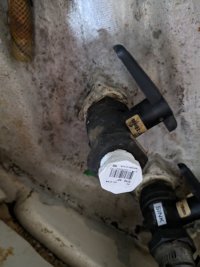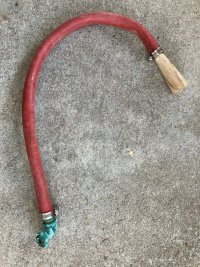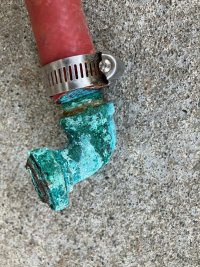PANorth
Member II
We eliminated the need for two through hulls by converting to a composting toilet. Each has a marelon ball valve. Is it best to take the valve off and put a cap on the threaded male through hull, put a plug in the valve (which would be kept closed), or simply close the valve? Or some other option? We don't want to remove the through hulls for now, because if we decide we don't like the composting toilet the option to reinstall the original system remains.
An anecdote: One of the through hulls had a brass fitting attached (along with some PVC). It broke right off when I tried to unscrew it. It was quite corroded. Very fortunate it broke while on the hard! I am sure it was very near to coming off by itself.
An anecdote: One of the through hulls had a brass fitting attached (along with some PVC). It broke right off when I tried to unscrew it. It was quite corroded. Very fortunate it broke while on the hard! I am sure it was very near to coming off by itself.





